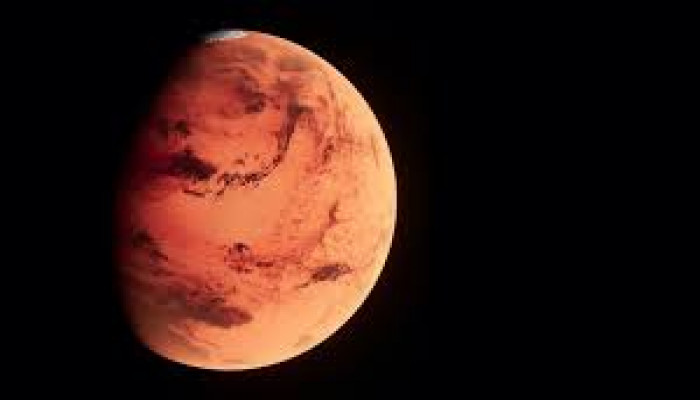Indian scientists name three craters on Mars after geophysicist, 2 towns
- In Reports
- 09:28 PM, Jun 14, 2024
- Myind Staff
Lal, Mursan, and Hilsa are three craters on the surface of Mars, discovered by Ahmedabad's Physical Research Laboratory (PRL). These craters are significant as they could potentially hold evidence that there was water on the red planet at some point in the past.
The largest of these craters, named Lal, has been dedicated to the memory of the late Professor Devendra Lal. He was a renowned cosmic ray physicist from Varanasi and served as the director of PRL from 1972 to 1983.
Mursan is named after a town in Uttar Pradesh's Hathras district, and Hilsa after a town in Bihar's Nalanda district. According to PRL director Anil Bhardwaj, these names were chosen in adherence to international guidelines. These guidelines stipulate that smaller craters should be named after small towns, while larger craters should be named after renowned personalities.
These craters are located within the Tharsis volcanic region, a vast volcanic plateau situated near the equator in the western hemisphere of Mars. This region is notable for hosting some of the largest volcanoes in the solar system.
The largest crater, 'Lal', spans approximately 65 km in diameter. While the surface of 'Lal' is covered with lava, geophysical evidence reveals the presence of material other than lava, including a 45-meter thick sedimentary deposit in the subsurface. This discovery strongly suggests that water has transported large volumes of sediment into the crater over time.
Additionally, two smaller superimposed craters on either side of 'Lal'—'Mursan' and 'Hilsa'—provide a timeline for the infilling process of 'Lal'. These craters indicate stages in the geological history where sedimentation and deposition occurred.
The presence of sedimentary deposits in 'Lal' and the surrounding smaller craters, 'Mursan' and 'Hilsa', provides valuable insights into Mars' geological past and the role of water in shaping its surface.
According to an article authored by scientists Rajiv Bharti, Isaac Smith, S K Mishra, N Srivastava, and Shital Shukla, the discovery was made within the Mangala crater on Mars using SHARAD (Mars SHAllow RADar sounder). SHARAD is a subsurface sounding radar mounted on the Mars Reconnaissance Orbiter (MRO), a spacecraft designed to search for the existence of water and other geological features on Mars as part of NASA's Mars Exploration Program.
Image Source: Times Now







Comments